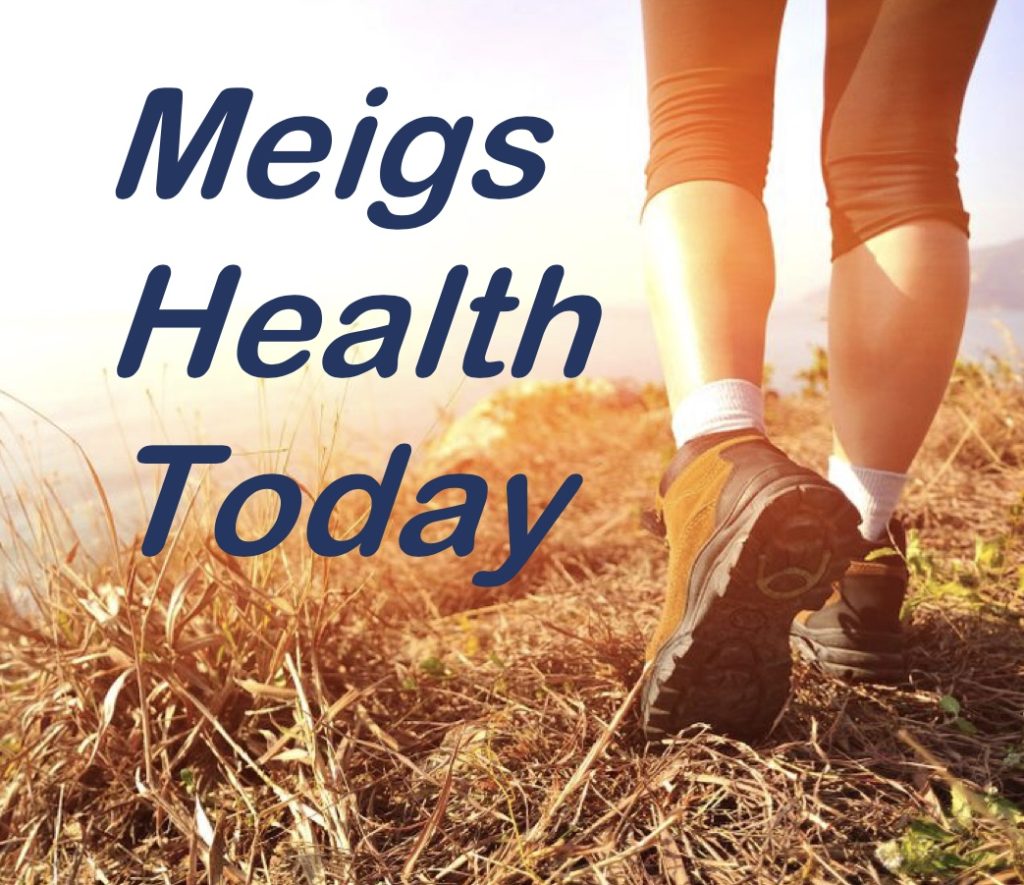Human trafficking an issue in Ohio


By Leanne Cunningham, RN, BSN, Director of Nursing
By now, most people have heard of the very scary, very real and lucrative business of human trafficking. Human trafficking is a form of modern-day slavery and occurs when a trafficker exploits an individual with force, fraud, or coercion to make them perform commercial sex or work. There are two types of trafficking: ‘Labor Trafficking’ is when individuals are compelled to work or provide services by force, fraud, or coercion; ‘Sex Trafficking’ is when adults are compelled to engage in commercial sex by force, fraud, or coercion. Minors are compelled to perform a commercial sex act regardless of the presence of force, fraud, or coercion.

According to the Ohio Department of Health (ODH), human trafficking is one of the fastest growing criminal industries in the world. Additionally, ODH reports annually, the money illegally acquired through human trafficking is estimated to be more than $35 billion, which equals the profits earned by Starbucks, Google and Nike combined. (2016) For Ohio, between January 2007 and June 30, 2018, the National Human Trafficking Hotline reports it has received 6,660 calls and reports 1,793 cases of human trafficking. In 2018 alone, Ohio has received 500 calls and has reported 219 cases. If all of these statistics don’t scare you, then ponder this, Ohio ranks 4th out of 50 states in human trafficking cases. In 2016, Ohio ranked 5th, so we are climbing. Furthermore, in 2016, Toledo, Ohio was identified as the 4th highest ranking city in the nation for recruiting victims into the illegal trade.
Traffickers look for people who are susceptible for a variety of reasons, including for example: individuals who have experienced childhood abuse or neglect; children involved in the foster care and juvenile justice systems; runaway and homeless youth; Native Americans, Native Hawaiians, and Pacific Islanders; victims of violence; lesbian, gay, bisexual, transgender, and questioning (LGBTQ) individuals; migrant workers; undocumented immigrants; racial and ethnic minorities; people with disabilities; people with low incomes; those with a history of substance abuse; those communities exposed to intergenerational trauma. Even though traffickers look for people with these characteristics, they do not limit their pool of potential victims. Just look on social media at any time, and you will find a new story of, many times women, who are scared of people who are lurking within stores, following them around, or waiting for them to leave the premises of stores and malls. This should remind us all to be very aware and pay attention to your surroundings when you are out and about. If someone is action suspiciously, or makes you uncomfortable, please listen to your “gut instinct” and do not leave places alone, or call law enforcement to assist you. Additionally, please never approach or try to handle a situation where you think human trafficking may be occurring; rather, report it immediately to law enforcement or to the National Human Trafficking Hotline number.
In the US, both federal, through the US Department of Justice and the US Department of Health and Human Services, and state Office of Criminal Justice Services have and are providing funding to fight human trafficking. Ohio has many Human Trafficking Task Forces, the closest one to Meigs County being in Athens County. The Athens County Human Trafficking Coalition is located at 444 W. Union Street, Athens, OH. Volunteers are accepted, and you may learn more by calling (740) 566-4847.
Human trafficking is surely not a problem that will be solved entirely anytime soon, but everyone has a role in fighting it. To report a tip, connect with anti-trafficking services in your area or for information about anti-trafficking resources, call the national hotline number at 1-888-373-7888. It’s toll free, confidential and available 24 hours a day.









